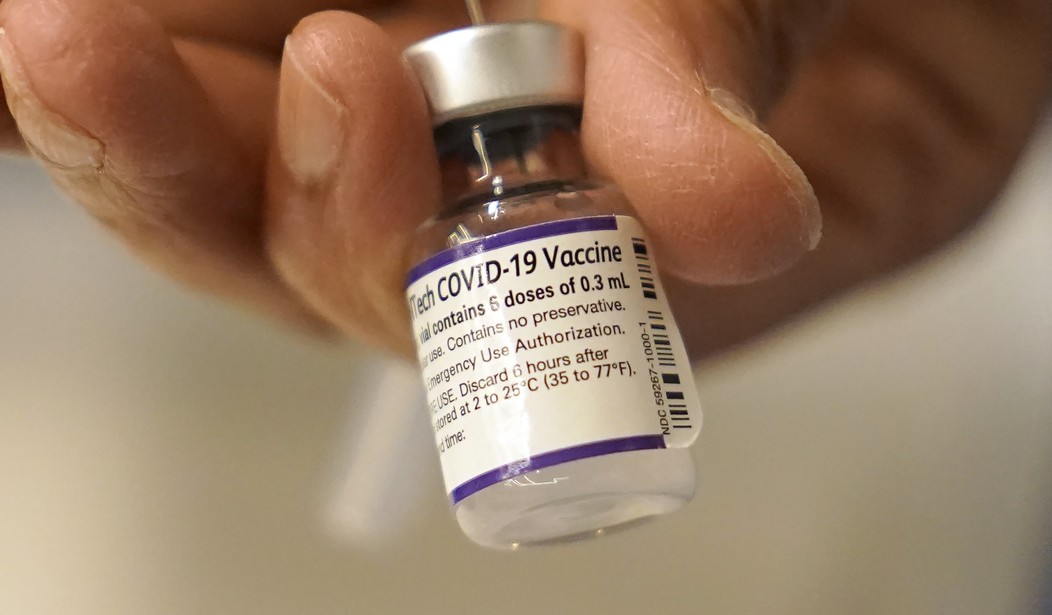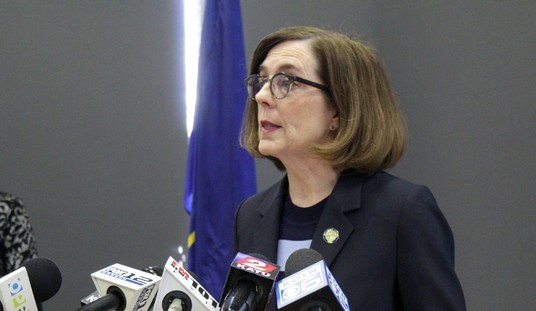As you likely heard, in August, the FDA authorized new vaccines and boosters that were supposedly developed to be specific to the omicron variant of the COVID virus. At first glance, that might seem to make sense because omicron appears to have settled in as the dominant strain in the United States and it seems to be fairly good at sneaking around whatever partial immunity the original vaccines provided. (Just ask the President and the First Lady who managed to catch the “Rona” twice each despite having had more shots than a sailor on shore leave.) The other good news is that for most, though not all people, the omicron variant hasn’t been as lethal as the earlier versions.
But when you stop to think about the timeline of when omicron really began making the rounds and when we were able to test for it specifically, another question may come to mind. That seems like it happened pretty quickly, didn’t it? They must have really been hustling over at Pfizer-BioNTech and Moderna to get all of that testing done and compile the results for the FDA. That’s a question that came to mind for two people who know a thing or two about the subject. Elisabeth Rosenthal and Celine Gounder are from Kaiser Health News, an arm of the Kaiser Family Foundation. They have some issues with the way this new vaccine was approved and rolled out and some questions that the FDA and the CDC should be willing to address. To be clear, they’re not warning that the vaccines have proven to be dangerous for anyone (or at least no more dangerous than the originals). But there simply isn’t enough data to indicate that this is being handled in the smartest way possible.
They start by reminding us that no sooner had the FDA authorized the omicron-specific vaccines (with accompanying “breathless” press releases) than the CDC jumped in within days to tell the public that anyone down to the age of 12 should get the shots. They note the absence of “completed studies” by pharmaceutical companies. All of this seems like a rushed process that didn’t follow the at least somewhat more rigorous guidelines we saw when the original vaccines were approved. A copy of their report is available at Government Executive.
The updated shots easily clear the “safe and effective” bar for government authorization. But in the real world, are the omicron-specific vaccines significantly more protective — and in what ways — than the original covid vaccines so many have already taken? If so, who would benefit most from the new shots? Since the federal government is purchasing these new vaccines — and many of the original, already purchased vaccines may never find their way into taxpayers’ arms — is the $3.2 billion price tag worth the unclear benefit? Especially when these funds had to be pulled from other covid response efforts, like testing and treatment.
Several members of the CDC advisory committee that voted 13-1 for the recommendation voiced similar questions and concerns, one saying she only “reluctantly” voted in the affirmative.
Some said they set aside their desire for more information and better data and voted yes out of fear of a potential winter covid surge. They expressed hope that the new vaccines — or at least the vaccination campaign that would accompany their rollout — would put a dent in the number of future cases, hospitalizations, and deaths.
The authors note that several members of the CDC advisory committee that voted 13-1 to recommend approval raised a number of questions and one of the members said that she only voted in favor of the move “reluctantly” and out of concern for a potential winter surge in COVID cases. The unanswered questions they bring forward are disturbing.
Are the omicron-specific vaccines significantly more protective than the original covid vaccines? Who would benefit most from the new shots and are we prioritizing who should get them first? Would we even know how to prioritize them? And is the $3.2 billion price tag worth the “unclear benefit” when we wound up throwing away so many doses of the original vaccine and will now likely discard many more?
Returning to the original point, there have not been any thorough clinical trials done on any groups, to say nothing of specific age groups, including children. Perhaps the new batch is so similar to the original that they didn’t feel the need to wait, but clearly there are those in the medical community who are unsure about this. Is an approval based on fear of a new surge as valid as an approval based on thousands of volunteer patients who have received the boosters and been observed for a standard period of time?
And there’s one final point, though this relates more to the business of Big Pharma than the actual medical science involved. This situation is going to be very, very profitable for Pfizer-BioNTech and Moderna. How much better is this new vaccine than the one we already have? We don’t know because nobody has finished any comprehensive studies to address that question. Further, will those companies begin cranking out a new version of the COVID vaccine every winter as they do with the flu? Does this virus really require that? Shouldn’t we have gotten the answers to at least some of these questions before plunging headlong into FDA and CDC approval, massive distribution, and the vacuuming of billions more taxpayer dollars out of our already-battered coffers?








